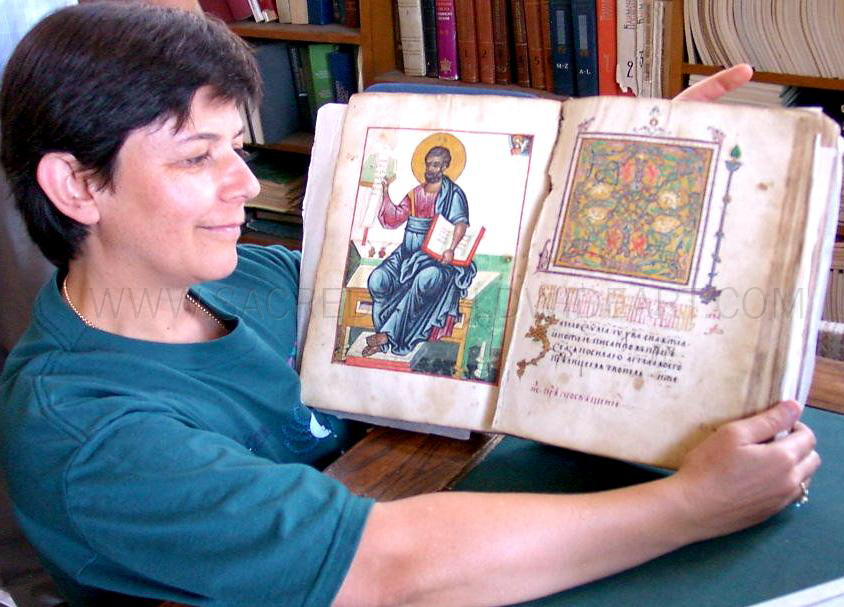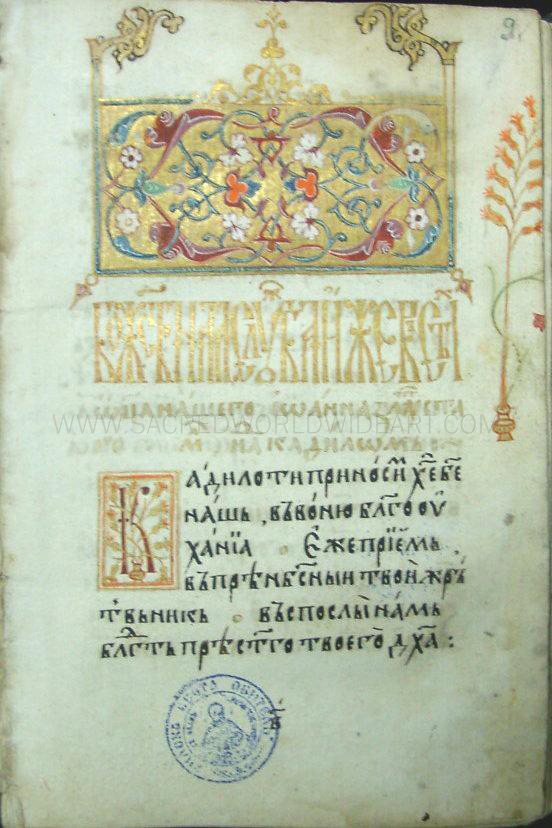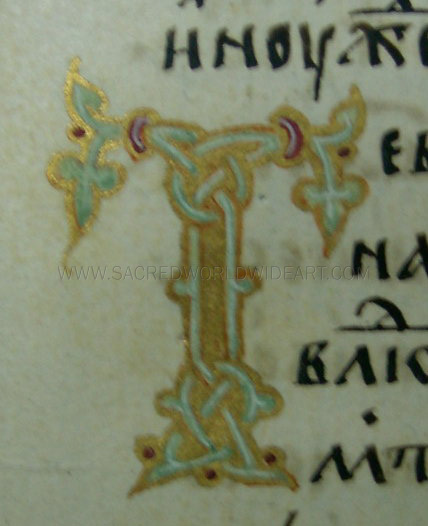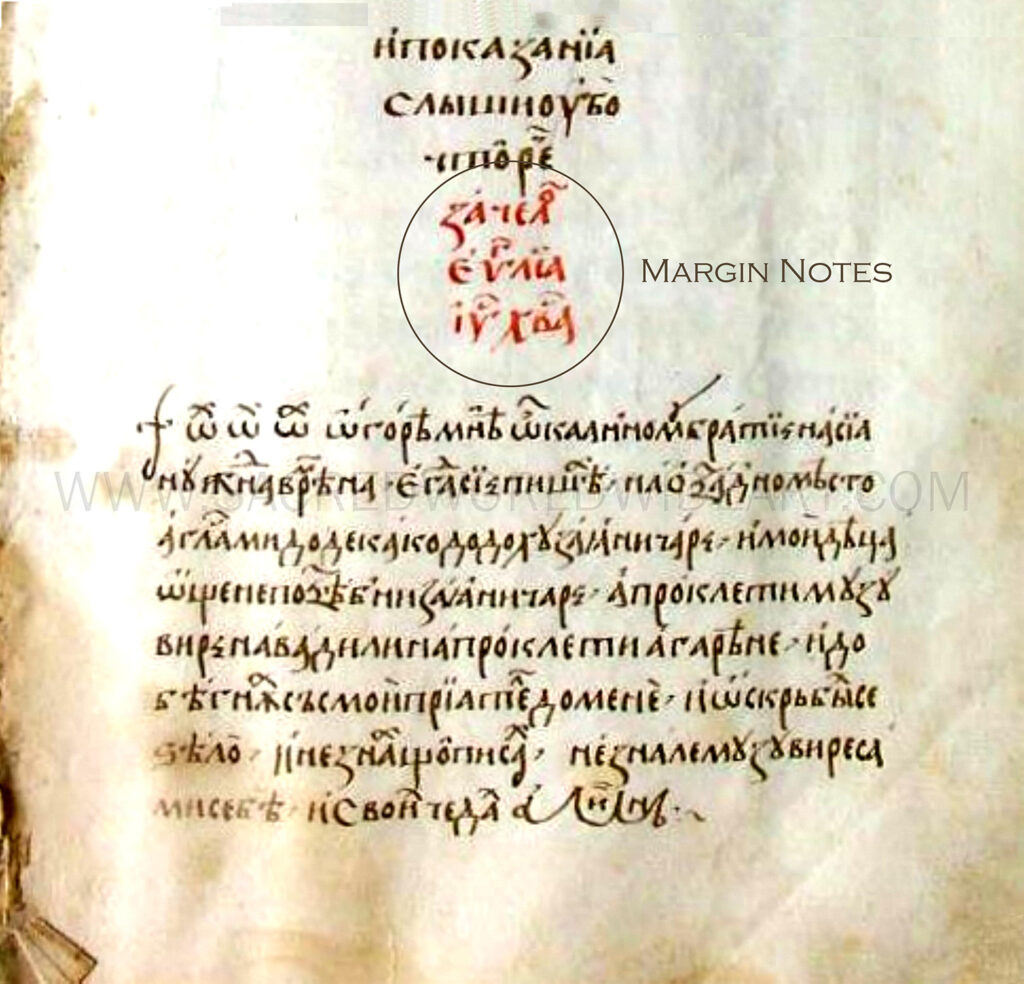Tatiana Nikolova-Houston
“Being raised and nourished in the Orthodox Church, iconography and manuscript illuminations have influenced my artistic path and provided me the spiritual strength to survive the challenges of life. I was born in Bulgaria, and my father, a self-taught artist and theatre director, inspired my love of the arts. I received the M.S. in Landscape Architecture in Bulgaria, where I designed parks and spaces for recreation and meditation. The collapse of the communist regime in 1990 enabled me to come to America, where I married and received Bachelor’s and Master’s degrees in Religious Studies and Library and Information Science.
The hand of God has always guided me in the unexpected turns of my life path. The pinnacle of my academic career was the study and preservation of the South Slavic (Bulgarian) medieval manuscripts at the Historical and Archival Church Institute in Sofia, which led to my Ph. D. dissertation revealing “the secret history” of the Balkans during the Ottoman rule (1393-1878), as evidenced by manuscript marginal writings.
“Before the Ottoman invasion in 1393, Bulgarian manuscripts were more artistic than their Western counterparts. But the Ottomans prohibited schools and writing materials among Christians, so Slavic manuscripts after 1393 pale in comparison to Western manuscripts such as the Book of Kells. All, however, have value. De Hamel warned us about the dangers of manuscript elitism: ‘[We] cannot explore a mountain range by looking only at the peaks.’
“Value rests beyond aesthetics if we view from God’s perspective. Value rests on a holistic comprehension of texts, images, and historical marginalia, the notes written in the margins. Elaborate or simple, manuscripts tell us stories of human suffering. Michael Camile wrote: ‘every book is a relic of bodily pain, desire, and death.’
The marginalia became my doctoral dissertation topic. They reflected social marginalization and revealed a secret history of the Balkans during Ottoman rule.
This one says, ‘Oh! Oh! Oh! Pity on me…When I wrote this, hiding in the corner of the closet, they came to gather janissaries. But my children are not of the age for janissaries…’
Scribes faced so many challenges. They fought for paper, ink, and pigments — forget about gold or gemstones! They wrote: “I froze while I was writing.” “I am writing at night, without candlelight. forgive me.” Yet, they struggled on, focussing on the Word, rather than on illustrations. That is why Ottoman-era Slavic manuscripts might appear rough, naive, and less illuminated than Western manuscripts.
“Slavic manuscripts display an eclectic spectrum of cultural influences, Celtic, Persian, Islamic, and native woodcarvings. The floral style of illumination, featuring flowers and trees, represents the Tree of Life. It appears in the woodcarvings of the Bulgarian church iconostasis. ‘
“God blessed me to discover the manuscripts, to preserve and recreate their illuminations that inspire others to come closer to God. The poor manuscript orphans are, in fact, giants of human dignity, representing the endurance of marginalized Christians during truly oppressive times. I vow to continue the legacy of the scribes – to create new vessels for the everlasting Word of God (Matt. 9:17).”
“Since 2008, I have dedicated my life to re-creating and re-interpreting Byzantine and South Slavic iconography and manuscript illuminations as a ministry and mission to Western audiences. Sacred Illuminations grew out of my fascination with Slavic manuscripts, unique in their eclectic decorations inspired by Byzantine arts, Persian carpets, Bulgarian folk arts, and even Celtic designs. The illuminations reflect the joy of spirituality and provide a glimpse of the Heavenly reality, of the radiance of the Holy Spirit within everything in God’s Creation and the spiritual symbolism of Holy Scripture
For more about the artist, please visit sacredillumination.com.




